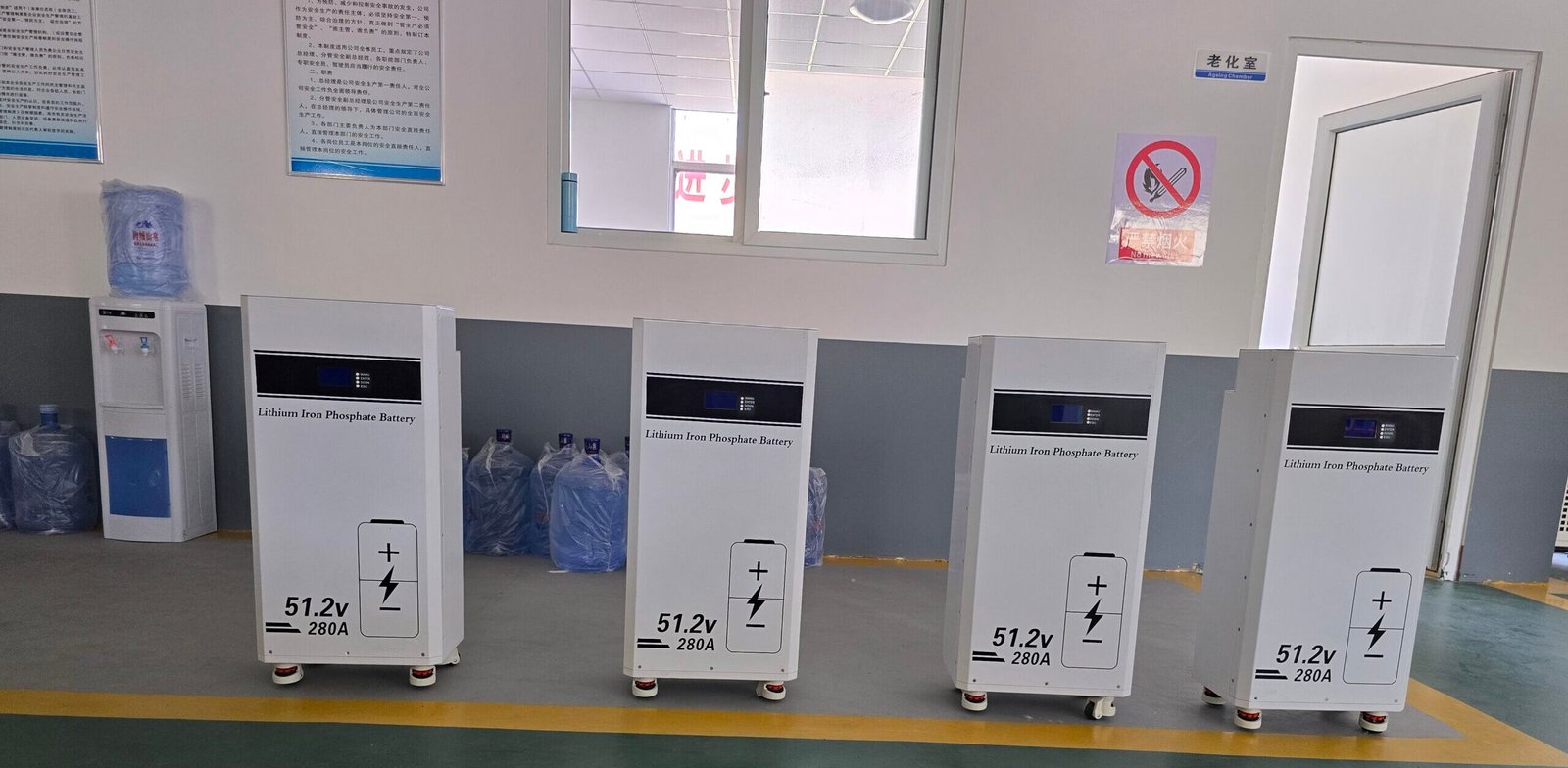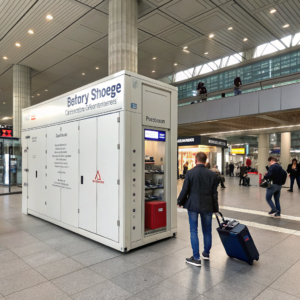# Monocrystalline vs. Polycrystalline: Which Solar Panel is Right for You?
•
Confused about which solar panel technology delivers better performance for your home? The choice between mono and poly panels impacts efficiency, cost, and long-term value.
Monocrystalline panels offer higher efficiency (15-22%) in limited space but cost 20-30% more, while polycrystalline provides better value (13-16% efficiency) for larger installations where space isn't a constraint.
The solar panel decision ultimately comes down to your budget, roof space, and energy needs. But to make an informed choice, you need to understand the key differences in how these technologies perform in real-world conditions.
What Are the Advantages and Disadvantages of Monocrystalline Silicon?
Considering premium monocrystalline panels but unsure if the benefits justify the higher price? Let's examine the trade-offs of this high-efficiency technology.
Monocrystalline panels provide superior efficiency and space-saving benefits but come with higher manufacturing costs and greater energy waste during production.
The Complete Picture on Monocrystalline Performance
-
Efficiency Advantages
- 15-22% efficiency (vs. 13-16% for poly)
- Better performance in high temperatures
- Superior low-light performance
-
Space Considerations System Size Mono Panels Needed Poly Panels Needed 5kW 15-18 panels 20-24 panels 10kW 30-35 panels 40-48 panels -
Manufacturing Drawbacks
- Czochralski process wastes 50% of silicon
- Higher energy input required
- More complex production increases costs
"While monocrystalline panels cost more upfront, their higher efficiency can provide better ROI in space-constrained installations" - Solar Energy Industries Association
What Are the Characteristics and Applications of Polycrystalline Silicon?
Need an affordable solar solution but concerned about compromising on quality? Polycrystalline panels offer compelling benefits for budget-conscious homeowners.
Polycrystalline panels feature lower efficiency (13-16%) but provide better value for money, simpler manufacturing, and good performance in standard residential applications.
Where Polycrystalline Technology Excels
-
Manufacturing Process
- Melted silicon fragments cast into molds
- Less silicon waste than mono production
- Lower energy requirements
-
Performance Characteristics
- More affordable ($0.70-$1.00/W vs. $1.00-$1.50/W for mono)
- Slightly reduced efficiency in high heat
- Larger physical footprint required
-
Ideal Use Cases
- Large rooftops with ample space
- Ground-mounted solar farms
- Budget-conscious residential projects
Best for: Homeowners prioritizing upfront savings over maximum efficiency, especially with sufficient roof space.
Monocrystalline vs. Polycrystalline: Which is Right for Your Needs?
Torn between premium performance and budget-friendly options? The optimal choice depends on your specific installation parameters and financial considerations.
Choose monocrystalline for limited space or maximum efficiency; select polycrystalline for large installations where upfront cost matters more than panel count.
Decision Factors Breakdown
| Consideration | Monocrystalline | Polycrystalline |
|---|---|---|
| Efficiency | 15-22% | 13-16% |
| Cost per Watt | $1.00-$1.50 | $0.70-$1.00 |
| Space Needed | 25% less area | More panels required |
| Temperature Coefficient | -0.3% to -0.5%/°C | -0.4% to -0.6%/°C |
| Aesthetics | Uniform black | Blue speckled |
| Lifespan | 25-30 years | 25-30 years |
Pro Tip: For most residential installations, the 20-30% price premium for mono panels pays off only when roof space is severely limited.
Conclusion
Monocrystalline panels lead in efficiency and space-saving, while polycrystalline offers better value - choose based on your budget and available installation area.








